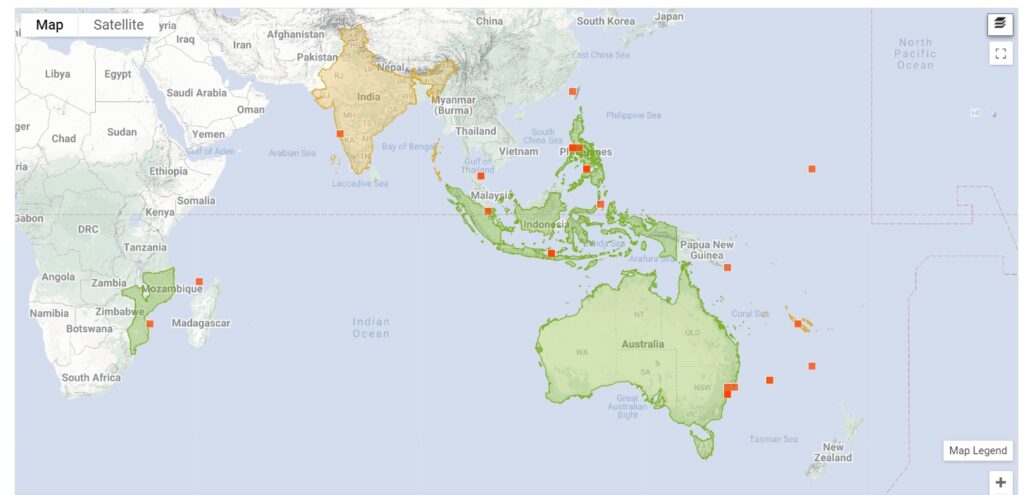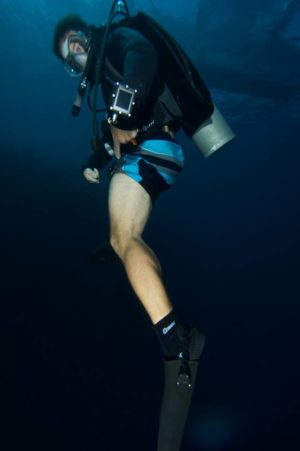Polybranchia orientalis
There is a classic muck diving site off Negros Island in the Philippines which I and a good friend often dive together. We haven’t done anything along the way of a systematic biodiversity census, but we know the site well. It’s a sandy, classic “muck diving” site, with few structures, like logs. Above 4 meters, the sand transitions into seagrass. The place is nice to dive during the day, but at night it really lights up in terms of biodiversity. There is significant overfishing at the site; most of the folks along the coast have day jobs but fish to add to their food options on days off; we rarely seen fish larger than 20 centimeters, and no schools. Medium sized pufferfish, solitary, are usually the biggest fish we encounter. This lack of predatory fishes probably gives the invertebrate fauna the chance to thrive.
So, a few weeks ago these animals showed up, first one during a night dive, then four during a night dive two weeks later, all on one square meter of sand, together. This is a picture of the “new” sea slug:
I believe this is Polybranchia orientalis. This is a Sacoglossan, a “sap-sucking sea slug”, like the more famous “Shaun the Sheep”.
The species is known from Singapore and was found off Negros more than 20 years ago. iNaturalist says that there are records from all over the Indo-Pacific, to the East African coast, and even along the Australian East Coast, down to fairly sub-tropical waters. There are only 38 observations on iNaturalist, which is usually pretty good with species which are popular among hobby naturalists, like sea slugs. So, the species is probably widespread but rare.

Now, why do these slugs appear all of a sudden, after us not seeing them during years of diving the same site?
- Was it there, but we missed it so far? Unlikely, but possible. We are experienced critter spotters.
- Was it deeper, or did it come out of the sand only much later at night than when we dive? Also possible.
- Did the larvae drift there in 2024, but they didn’t quite make it in previous years, due to subtle differences in the ocean currents?
The population biology of rare species, occuring in spotty patterns, and appearing and then again disappearing in one location, is an under-appreciated topic in ecology, in my opinion.
Some Footage
In a recent video I show footage of the slug; I mis-pronounce the species name, but the footage makes up for that I hope. There is an encounter between two of them. They crawl rather swiftly, at least for gastropod/sea slug standards:

